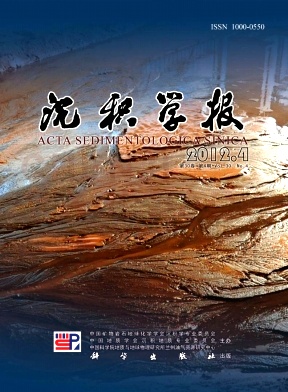Important Deepwater Hydrocarbon Reservoirs: the Central Canyon System in the Qiongdongnan Basin
- Publish Date: 2012-08-10
-
Key words:
- deepwater canyon /
- turbidite channel /
- mass transport deposits /
- Qiongdongnan Basin /
- Miocene
Abstract: The Central Canyon in the Qiongdongnan basin shows a Sshaped NEtrending depositional system, which originates from the east margin of the Yinggehai basin, crosses the Central depression and extends into the Xisha trough. Based on the detailed interpretation of 2D and 3D seismic data and drillhole data, the Central Canyon can be divided into 4 segments. Each segment has not only different morphology in section, but also has distinct depositional architectures, genetic facies and sedimentsupplies. Analysis of morphology and infilling features indicates that the canyon shows the deeper downcutting and scours to the older strata eastwards. There are 4 types of V, U, W and composed shapes in vertical. Of them, Vtyped canyon shows the strongest downcutting, and the more significant scouring. Turbidite channel deposits are dominated in the western segment. Interbeds of turbidite channel and mass transport deposits occur in the eastern segment, but there are different ratios in different places. Turbidite channel deposits originate from the west side, however, mass transport deposits originate from the slope system in the northern side of the basin. Those deposits from different sedimentsupplies are composed of a multipleepisodic and multiple sedimentsupplied complex canyon system.
| Citation: | Important Deepwater Hydrocarbon Reservoirs: the Central Canyon System in the Qiongdongnan Basin[J]. Acta Sedimentologica Sinica, 2012, 30(4): 646-653. |






 DownLoad:
DownLoad: